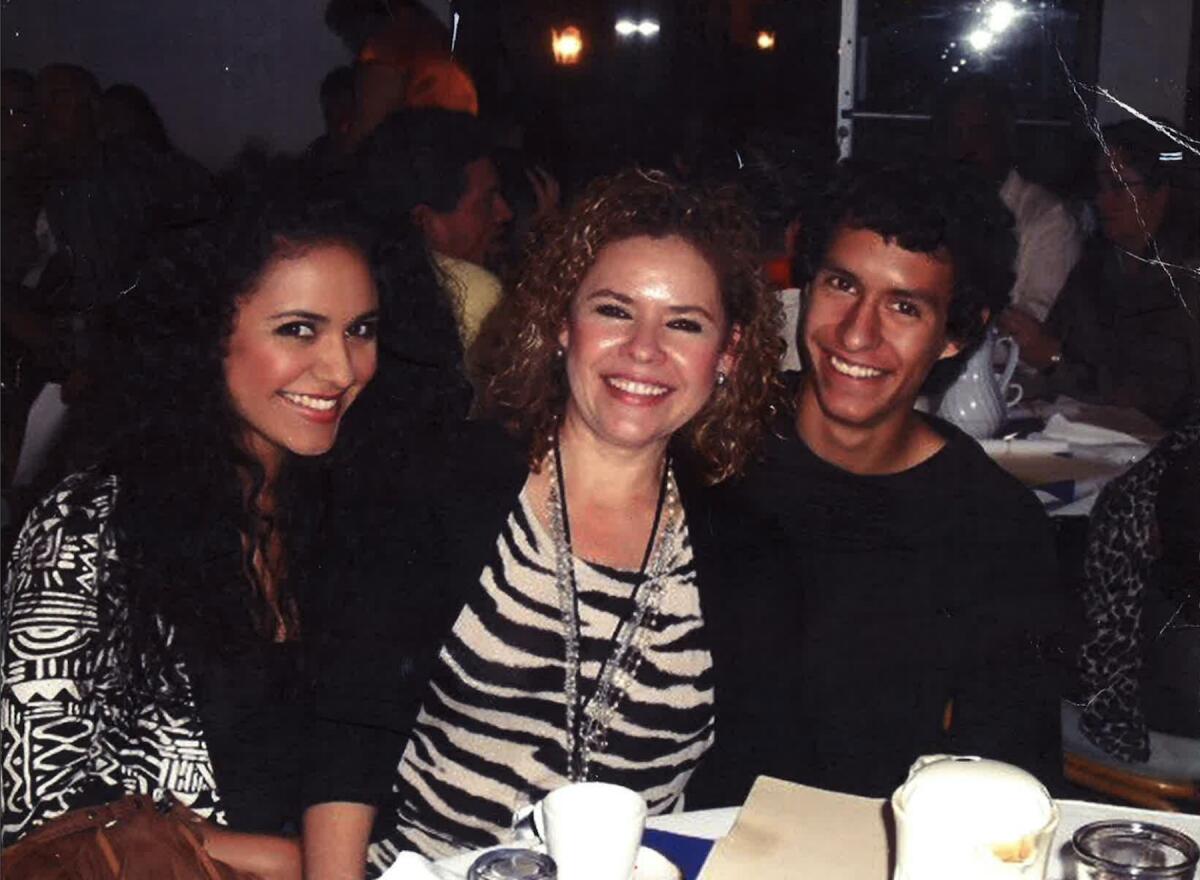With $1 million in inmate’s death, San Diego County’s payouts hit $14 million in a year

SAN DIEGO — Before he was served a meal in a plastic bag and left unmonitored in his San Diego County jail cell, Ivan Ortiz told guards he was feeling depressed and hearing voices telling him to kill himself, his family said in a lawsuit.
He had tried to hang himself earlier that day on March 18, 2019. As a result, Ortiz was moved to a special cell within the psychiatric security unit where he could be closely monitored.
The cell was equipped with a video camera to help deputies monitor Ortiz, and he was given a tear-proof garment and blanket.
But he pulled the plastic bag over his head and suffocated himself. He died later that day from a brain injury caused by a lack of oxygen, according to a medical examiner’s report.
Ortiz was the fourth person to die in a San Diego jail in 2019 and was one of more than 150 people to die in Sheriff’s Department custody since 2009.
County officials in May agreed to pay $1 million to settle a negligence lawsuit filed by Ortiz’s mother last year.
It was one of 73 payouts approved by the county over the 13 months ending May 31 that involved the Sheriff’s Department — including cases alleging excessive force, lapses in medical care and other mistakes that combined will cost taxpayers more than $14 million.
That amount includes $3.5 million the county recently paid to the family of Paul Silva, a mentally ill man who died from injuries he sustained during a violent jail cell extraction in 2018.
Sheriff’s spokesperson Lt. Amber Baggs said via email that the department reviewed critical incidents, including jail deaths, with an eye to improvement.
“We consistently provide training to our staff, monitor best practices and look for ways to improve the services we provide; both throughout the community and inside our facilities,” she said. “We are not resistant to change and are willing to adapt our current practices as appropriate and/or necessary.”
Baggs did not respond directly to questions about the Ortiz settlement or other lawsuit payouts — money that comes directly from taxpayers because San Diego County is self-insured.
Department officials have previously stated that they work constantly to protect people incarcerated in county jails. They say they have increased spending and staffing in the jail medical units to improve healthcare.
Brody McBride, an attorney representing Ortiz’s family, said the young man’s death was “totally and completely preventable.”
“It’s like they can’t be bothered to follow their own policies,” he said.
Less than a year before Ortiz’s death, the county paid consultant Lindsay Hayes $25,000 to assess the Sheriff’s Department’s suicide prevention policies. Although Hayes complimented the department for offering “numerous opportunities for both suicide prevention and mental health training,” he also found that fewer than one-third of deputies had received that annual training.
The analysis followed an investigation by advocacy group Disability Rights California that found multiple problems with the treatment of suicidal inmates.
“While we are convinced that the Sheriff’s Department has begun to take the issue of suicide prevention seriously, there remain many aspects of the system’s treatment of people at risk of suicide that require urgent action,” the Disability Rights California report said.
According to investigations by the medical examiner’s office and the Citizens’ Law Enforcement Review Board, Ortiz had tried to kill himself at least twice in jail: once in December 2018 and once that morning in March 2019, when he created a noose from a jail-issued towel.
He was hospitalized after the December 2018 attempt and then placed into the jail’s psychiatric unit. After the March 2019 attempt, he was moved into a single-person “enhanced observation” cell and given the tear-proof gown and blanket.
In his report, Hayes warned against isolating suicidal inmates.
“The use of isolation not only escalates the inmate’s sense of alienation, but also further serves to remove the individual from proper staff supervision,” he wrote.
According to department policy, Ortiz was supposed to be checked on every 13 minutes and monitored via video. But at least 45 minutes passed between when he was last seen alive and when he was found with the bag over his head, according to the lawsuit.
“During those forty-five minutes, Ivan took the plastic bag he had been given, got into bed, and covered himself with a sheet. He pulled the plastic bag over his face. And he left it there until he suffocated,” the lawsuit said.
The county review board, which investigates all in-custody deaths, found that jail staff “failed to keep a suicidal inmate safe from self-harm.”
Ortiz’s death was included in “Dying Behind Bars,” a special report by the San Diego Union-Tribune in 2019 that examined the mortality rate in county jails, finding that San Diego’s is the highest among California’s largest counties.
Inconsistent or missed cell checks have been cited in many of the lawsuits and review board findings tied to inmate deaths.
“There were lots of failures [by jail staff] when it came to my son,” his mother, Maria Palacios, told the Union-Tribune.
Ortiz, who was 26, suffered from schizophrenia and was facing assault charges for attacking a man with a skateboard.
McBride said he had hoped the Sheriff’s Department would agree to policy changes as part of the settlement, including a policy that prevented Palacios from seeing her son in the hospital before he died.
When Ortiz was rushed to UC San Diego Medical Center and placed on life support, a doctor called Palacios and urged her to hurry to the hospital. But, when she arrived, a deputy guarding Ortiz told Palacios she would need to obtain a “pass” from the downtown Central Jail.
Ortiz died while his mother was waiting for the pass.
Palacios described her son as “her favorite person,” someone who could always make her laugh.
“I only wanted to see him and talk to him while he was still alive and say goodbye,” she said. “I hope they can revise and make changes to their policy.”
More to Read
Sign up for Essential California
The most important California stories and recommendations in your inbox every morning.
You may occasionally receive promotional content from the Los Angeles Times.












